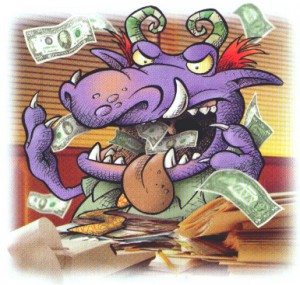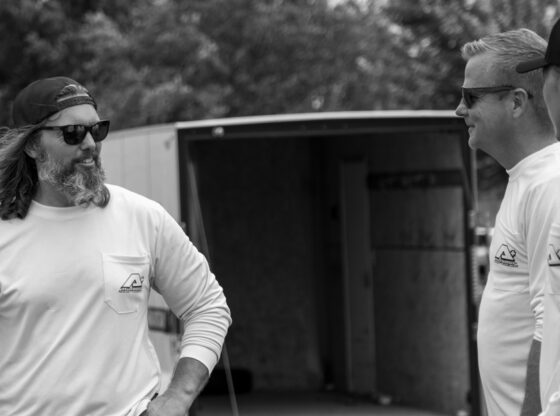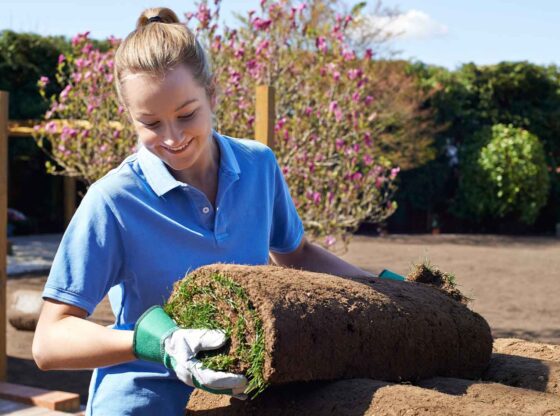My high school woodshop teacher had a sign on the wall.
“It’s not the hours you put in that count, it’s what you put in the hours.”
Well that’s true for our work life too. Empty hours or hours doing less important things do little to advance our efforts. We want to make sure we are investing our hours in activities that matter.
Time and a Golf Crew

When looking at a golf course maintenance crew we can breakdown the time investment into 4 activity categories;
Repair
Stuff breaks or wears out. Time is then required to fix it. At some point, the decision must be made that the costs (Parts, labor, and lost opportunity) of repairing a thing is not sustainable.
That’s when you replace it. If not, the thing cannot do the intended job and will be a never ending bleeding of time and money.
Maintenance
Equipment must be maintained, turf needs cared for, etc. Just the way it is. However, maintenance activity must be as efficient as possible. The asset base owned by a golf course (equipment, irrigation, etc) are the tools for efficient maintenance activity.
Care must be taken to see the right tools are present and they are in good working order. Otherwise you are trapped in a downward spiral of repair and maintenance.
Refining
Improvements, upgrades, refreshing. Everyone wants to do them, but finding the time is so difficult. This is the activity category everyone is challenged to accomplish. Especially now when crews are smaller and demands are greater.
But refinements are what keeps a course fresh and inviting, a must in today’s competitive environment. Golfers, members, ownership all want an improving course.
Where does the time come from? Either hire more people or reduce the time spent on repair and maintenance. It’s a simple formula, yet hard to do.
Bonus
When time efficiency is at its best, there is time for education and future planning. Thought about the future allows better overall management which yields more Refinements and greater time efficiency.
Down time- there is one more category. That being time with no positive activity at all. We all know down time can be a waste and most don’t plan for a significant amount of it. That’s when a crew is standing around chatting, or a mower operator is waiting for a mower to be fixed, or an irrigation tech traveling to find parts, etc.
Limiting down time is an obvious productivity enhancer. But the culture at a particular place may enjoy and even encourage a certain amount of down time. If so that’s a leadership choice and may be acceptable for whatever reasons.
Managing Yourself in Time
The goal is to know how much time is invested in each category. You want more time invested in the refining and bonus categories. However, many courses struggle just to get all the repair and maintenance issues handled, which means little time is used to improve the course.
Knowing the problem is the first step to correcting it. Every golf course owner or operator wants their course to improve. Most courses need to improve. But we still face the daunting challenge of getting all the work done with smaller golf crews. Time therefore is a very dear thing for a superintendent.
It should be an objective to move time away from repair and maintenance so it can be utilized for refining and bonus work. The objections though are real and serious. Most superintendents have already picked the low hanging time management fruit. The levers remaining all cost money and that’s the rub.
Investing To Save
So the goal is to move time invested out of repairing and maintaining into refining. And if at all possible some into the bonus category. This takes planning and work. It also likely means investment into the tools that get the maintenance tasks done.
Reducing repair and maintenance time will mean replacing assets like mowers and irrigation. All of which are high ticket items. How can such investment be justified? In some cases simple cost justification is possible. Mowers are an example. Attempt to list every dollar spent for parts, labor hours, and lost opportunity. Weigh that against the payments for a replacement.
Do not ignore the cost for labor or lost opportunity. Labor spent repairing is labor that cannot be spent improving. Lost opportunity is the results labor freed from repairing or maintain could have accomplished.
Something like irrigation is harder to do. Tracking costs for parts, labor, and lost opportunity help. But irrigation upgrades are costly. To help, look at irrigation costs spread over the useful life. Example, a new irrigation system can last up to 20 years with decent maintenance and a few mild upgrades along the way.
So take the upgrade cost minus your projected repair and maintenance cost savings, and then spread that over a 20 lifespan. That gets you into a per year lifespan thought process. And it just might show a positive return or least negligible lifespan cost.
Please remember to factor in the hours freed from Repair and Maintenance, that time has real value. What could you get done if you have 50 hours of labor time each year freed from tending to a dying irrigation system?
Since time is the most valuable asset we have, it only makes sense to assure every hour serves a purpose we hold important.












